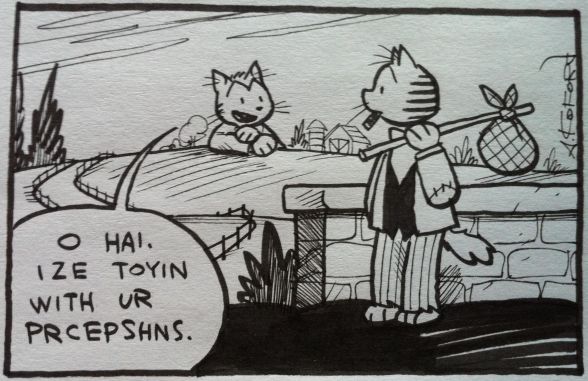The Waxman Report: How Congress Really Works, Waxman. Non-fiction. If I were to suggest a sub-subtitle for this book, it would be “It’s As Bad As You Think.” Waxman presents what appears to be a little-varnished (though frequently self-congratulatory) look at how legislation happens, and the old saw about law and sausage definitely applies—though I have slightly more hope that the sausage-making could be reformed.
Much of my befuddlement at the process stems from my disdain for political parties (in general, but especially the specific party machinery that operates in the States), so I don’t know whether a party-believer would be as appalled as I was by Waxman saying without apparent irony, “In theory, redistricting should be a simple exercise: fiddle with the borders until you’ve maximized the number of safe Democratic seats and call it a day.” And the complications he’s alluding to aren’t only the likelihood of a redistricting plan being challenged in court: “Although an admirable few agree to whatever map best serves their party’s interests …” some object when a proposed map moves a special friend and/or large donor out of their districts (or a mother-in-law in).
And there’s bi-partisan co-operation in some of the most frustrating parts of the business: “We were relieved to learn, however, that rather than block the bill, Hatch intended to use it as a vehicle for a series of unrelated initiatives that he and an assortment of colleagues wanted to pass.… But his benign intentions …”
Waxman at least once over-reaches in praising the work that he and the rest of Congress have done: “…it was the House … that finally impeached [Nixon] and brought about his resignation” is a mis-statement of fact; the House Judiciary committee drafted articles of impeachment and sent them to the full House, but the full House never voted on them because Nixon resigned.
He also seems to be just flat confused about some things. When he says, of tobacco, “And the fact that this deadly product is legal makes it harder to regulate, and all the more dangerous,” he seems to have drifted into a bizarre fantasy world where banned substances can be regulated more easily than legal ones, and meth is less dangerous than nicotine.
Ultimately, what I took away from this book is that the process is riddled with problems (most of them related to the amount of money that flows into campaign and soft-money funds). Also, the process is ill-suited to managing subtlety, and so is extremely vulnerable to subtle manipulations with enormous (frequently unintended) consequences.
ForcedPerspective
Forcing our perspectives since 2002
